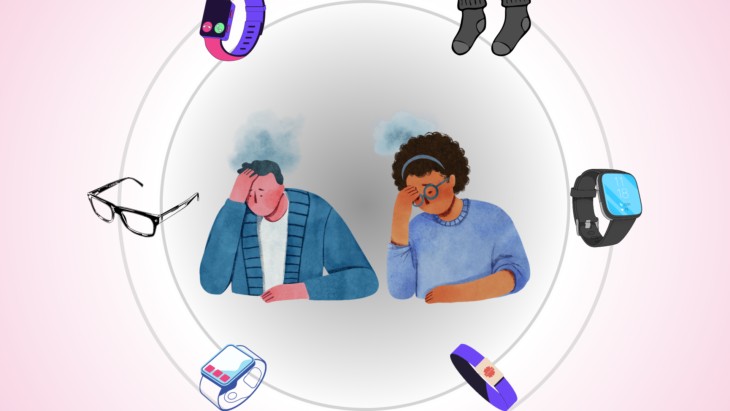Depression is a health condition causing sadness, fatigue, and disinterest in usually enjoyable activities. It affects about 280 million people worldwide. People with depression can feel reduced concentration, productivity, and will to live. Researchers have found depression can reduce the time a person is expected to live by as many as 28 years. So they are interested in detecting and predicting depression at its early stages.
Traditionally, scientists have used physical observations, health history, and questionnaires to detect depression, but these methods face many problems and are often ineffective. First, the methods are time-consuming and difficult, and the questionnaire answers are unreliable. Second, they don’t accurately identify depression symptoms. Third, there aren’t enough mental health professionals in the world to conduct the tests. This is worse in middle and low-income nations with only about 1 psychiatrist for 10 million people. Finally, teaching mental health stigma stops people from speaking up about their symptoms, undergoing tests, or participating in surveys.
Scientists have used technology to help detect and treat many diseases through developing drugs, creating lab tools, and designing special medical devices. One such contribution is a device with sensors that track features like the wearer’s heart rate, blood pressure, or sleep patterns. The device can use this data to determine the wearer’s health status, including their mental health. Devices like these are called wearables. Wearables can be on the body, like wristwatches, clothes, and even shoes. They can also be near the body, like smartphones, or inside the body, like implants. With artificial intelligence (AI), these devices can go as far as predicting and detecting depression early in users.
Researchers at the AI Centre for Precision Health in Qatar and the School of Medicine at the University of Leeds in the UK noted the existence of many wearables for detecting depression, and papers that reviewed their performances. But they found no comprehensive record assessing the performance of wearable AI. So they aimed to examine how well existing wearable AI devices could predict and detect depression.
The researchers searched 8 psychology and biomedical research databases for words related to AI, wearable devices, and depression. They found 54 studies reporting the performance of individual wearable AI in detecting depression. To reduce errors, 2 of the authors separately assessed each of these studies to retrieve specific information on the type of wearable, the technology running the wearable, and the accuracy of the results it produced. They used statistics to combine this information and get an overall understanding of how accurately wearable AI could detect depression.
The researchers also consulted 3 experts in digital mental health during the research to validate the choice of keywords they used. They were only interested in on-body wearables detecting and predicting depression, so they excluded papers centered on treatment outcomes or wearables used within and near the body.
The researchers found wrist-worn wearables were most common, with ActiWatch and FitBit series the most used. These wearables relied on 3 common types of AI algorithms that use data such as physical activity, sleep, and heart rate to detect depression.
The researchers found the specific AI algorithm running each wearable had the most influence on its performance accuracy. Based on their data, they identified the best and worst-performing algorithms. They noted AI classified healthy users and people with depression into the correct group at least 7 out of 10 times. In many cases, it was more right about people without depression than people with depression.
The researchers highlighted some limitations of their study. They only targeted research in English, so other relevant research in different languages couldn’t contribute to their analysis. Since they used studies recording only wearable devices and AI for detecting depression, they may have excluded other methods that have better results. They also only included research published in 2015, which excludes relevant studies before 2015.
The researchers suggested technology companies could improve results by developing wearable AI using both brain image and body sensor data. They also suggested making devices to differentiate depression from other mental illnesses with similar symptoms, since 90% of the examined studies focused only on detecting depression. They encouraged future researchers to give equal attention to prediction, which could help with timely intervention. Then, they suggested examining potential ethical or privacy concerns that may arise from using wearable AI. The authors concluded wearable AI has the potential to predict and detect depression, but isn’t ready for clinical use yet.


